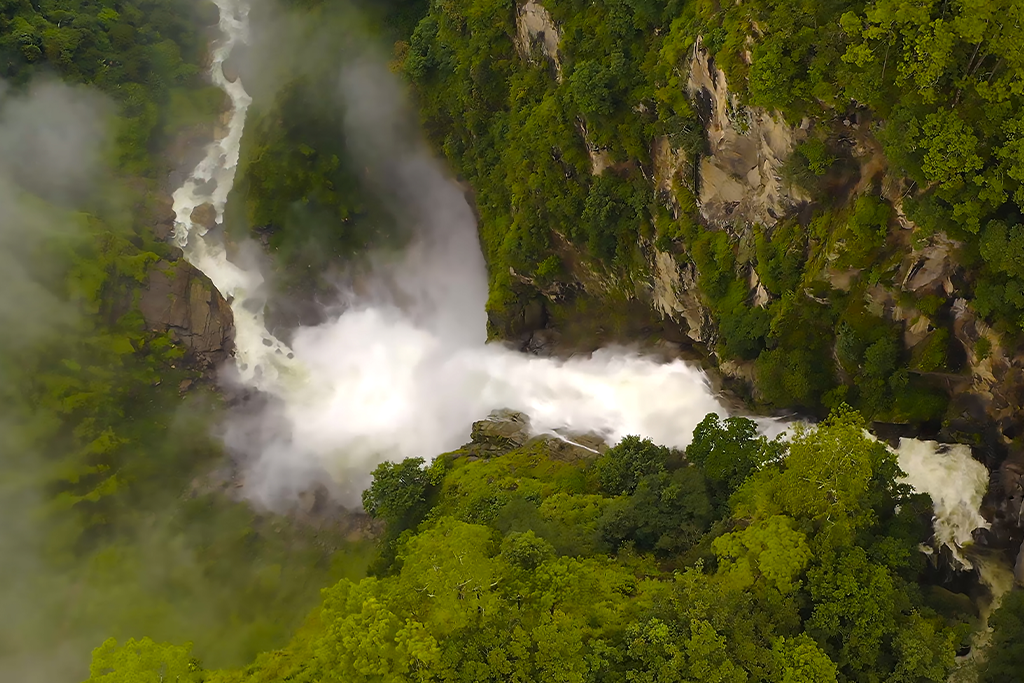Ambitious 10,000MW hydropower goal back in the plan
Kuensel | Dechen Dolkar | July 25, 2024
After a lull caused by delays in completing two mega hydropower projects – Punatshangchhu-I and Punatshangchhu-II – and the deferral of the Kholongchhu hydropower project, the government is back to pursuing the country’s hydropower dream.
The government plans to kick start construction of 10 large hydropower projects in the 13th Plan. And if everything pans out as planned, Bhutan will generate more than 10,000MW of electricity once these large hydropower projects are commissioned.
Over the next five years, the government plans to increase the installed capacity of hydropower generation by 3,119MW, bringing the total installed capacity to approximately 5,500MW. For this initiative, the government has allocated a budget of Nu 527 billion, outside the 13th Plan.
The 10 large hydropower projects include 404MW Nyera Amari, 600MW Kholongchu, 1,125MW Dorjilung, 180MW Bunakha, 900MW Wangchhu, 363MW Khomachhu, 170MW Dangchhu, 770MW Chamkharchhu-I, 2,585MW/4,060MW Sankosh, and 2,800MW Kuri-Gongri.
Of these 10 new hydropower projects planned in the 13th Plan, the 1,125MW Dorjilung and 180MW Bunakha storage scheme projects will be executed first.
According to the Druk Green Power Corporation (DGPC), the Detailed Project Reports (DPR) for the Dorjilung and Bunakha projects are currently being updated. The modality of these projects will be discussed soon.
The national budget report for Financial Year 2024-25 states that for the 1,125MW Dorjilung hydropower project, the World Bank has been requested to lead the financing consortium. This project is expected to start by October next year and be completed by October 2031.
For the 180MW Bunakha hydropower project, the Asian Development Bank (ADB) has been requested to lead the financing consortium. This project is expected to start by February 2026 and be completed by February 2032.
A DGPC official said that DPRs of some of the planned hydropower projects are in various stages of development. “Some DPRs are being undertaken, some are being updated, and others are under review,” he said.
According to the budget report for FY 2024-25, Kholongchhu hydropower project will be executed by September this year, Nyera Amari by October 2026, Wangchhu by April 2027, Chamkharchhu by October 2026, and Sankosh by December 2026.
Currently, the DGPC is working with several overseas financial institutions and strategic partners, exploring various financing options for the hydropower projects. “When the DPR is ready, the modality of each project will be discussed with strategic partners,” the DGPC official said.
In the 13th Plan, Nu 1.5 billion has been allocated for the power sector.
The government has also prioritised the completion of the 1,200MW Punatsangchhu-I and 1,020MW Punatsangchhu-II hydropower projects.
While the Punatsangchhu-II hydropower project is expected to be operational by August this year, the Technical Coordination Committee will meet in New Delhi, India next month to take a final call on the construction of the dam on the right side of the Punatshangchhu-I dam site.









